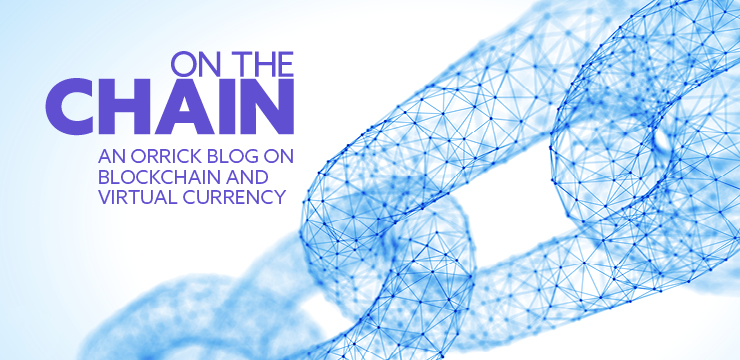Seemingly overnight, non-fungible tokens (NFTs) have exploded onto the market and into the public consciousness. The eye-popping prices that some have commanded—and their potential to revolutionize the concept of ownership itself—have investors, creators, platforms, and brands champing at the bit for a piece of the action.

The concept seems straightforward enough: a digital file—an image, GIF, audio or video file, or even virtual real estate or video game tokens and virtual gear—gets minted as a unique copy on the blockchain, which can then be collected, displayed, and traded; their authenticity and chain of title immutably recorded, forever. Given the nature of NFTs, IP issues associated with their creation, display, trading, sale, and storage have to be carefully analyzed. Before rushing into this heady space, here are a few things you might want to think about.
Who has the rights to mint and sell an NFT? Minting tools and DIY NFT tutorials are now widely available on the Internet, meaning that anyone could conceivably turn a file into an NFT. But just because you can, doesn’t mean you should, and the ease with which an NFT can be minted means that grifters and con artists may be trying to make money off of your work or goodwill. Obviously, copying, selling, or publicly displaying works without authorization from the original creator (or the company that commissioned the work for hire) (1) can constitute copyright infringement, (2) can constitute trademark infringement, if consumers are confused about the source or sponsorship of the NFT, (3) can infringe design patents, assuming substantially similarity, or (4) can violate one’s right of publicity, if the NFT depicts individuals. Remember, copyright infringement can occur not only with exact copies, but also if the work depicts unique characters; trademark infringement can occur not only with copies of logos, trademarks, or other brand identifies, but confusingly similar ones as well.
- Minters and sellers should ensure they have the requisite rights and permissions to the files they’re minting and selling.
- Platforms should have policies in place to ensure the same and be prepared to respond to takedown requests to enjoy the protections afforded by the DMCA. As online marketplaces, they should guard against allegations of direct and indirect infringement by ensuring that they don’t knowingly and actively facilitate the creation of infringing works, or somehow create an implied association that they are the brand offering the items displayed.
- Brands and creators have a great opportunity to build loyalty in their followers and customers, but they should be vigilant about theft of their works and police conduct that could weaken or dilute their marks. Consider using vendors that can help track infringement online or block NFT spammers from stealing and monetizing your works. Don’t sit on your rights and help unscrupulous profiteers develop defenses like laches, waiver/estoppel, or acquiescence.
What IP rights are being licensed, bought, or sold? NFTs are unique in more than one way. When you buy or sell an NFT, the rights you trade may be different from platform to platform or even NFT to NFT. Buying an NFT does not necessarily mean you own the right to display it, for example, or the right to use it for commercial purposes of your own. Sellers may (and indeed often would) retain certain rights even after handing over the deed to the digital asset. Indeed, smart contracts that may be embedded in an NFT could automatically execute certain actions, such as a payment of royalties, with each subsequent sale.
- Minters and sellers (or…licensors?) deciding between platforms should read the fine print, and ensure rights are clearly granted or retained. If you don’t want buyers/licensees to have certain rights, like minting more NFTs from the NFT they purchase or modifying it in any way, make that express.
- Platforms should clearly disclose the material terms of NFTs they carry on their platform to avoid litigation risk from potentially unhappy buyers and sellers.
- Brands need to pay attention to what they’re signing away to properly protect their goodwill. Review your registrations to see whether the classifications listed give you enough coverage for NFTs. Design patents may be an additional way to protect high value designs, and add a layer of protection beyond consumer confusion.
What IP issues are implicated when the NFT changes hands? Know that when you buy an NFT, what actually changes hands is the token that points to where the digital asset lives – often on another server. (Digital files are simply too large to feasibly be written onto the blockchain.) So what would happen if the company on which the NFT is hosted fails? Or someone forgets to renew the domain name? Some solutions that build in a failsafe rely on multiple copies of the file that are called up by the same NFT. What does this mean when it comes to application of the first sale doctrine?
- Everyone should get clarity and define the parties’ respective responsibilities regarding NFT persistence to determine responsibility for hosting and maintaining the digital file, which requires understanding where exactly it lives and how it is retrieved for display by the owner. Particularly for high-value, one-of-a-kind works, consider drafting out exactly what happens if the buyer calls it up and it’s temporarily unavailable for myriad technical reasons.
